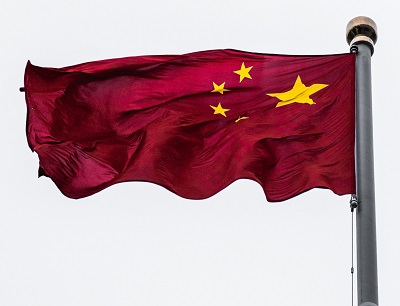New Delhi, (Asian independent) All the emerging markets indices saw negative performance in January with China being the worst performer at 10.6 per cent. As far as developed markets are concerned, Japan emerged as the best performer at 4.6 per cent, as per a report by Motilal Oswal Asset Management Company.
Nifty 50 declined by -0.03 per cent in January 2024. However, the index has shown positive growth since the past year, the report said.
This year’s turmoil in China has sparked a stock meltdown, blown up structured financial products, led to public disgruntlement, and now Chinese President Xi Jinping has put a new market regulator in control, Bloomberg reported.
Yet powered by the US tech euphoria, global equities are approaching records, haven assets are out of favor and even neighboring Asian markets are relatively unscathed. Chinese assets are out of sync with the rest of the world, with a measure of global financial market volatility trending lower this year, Bloomberg reported.
It’s a stark contrast to what happened when China’s bubble burst in 2015 and the world’s two largest economies engaged in a trade war in 2018, which led to a synchronised drop in global shares. This time around Beijing’s woes remain an isolated affair after an exodus of international capital, Bloomberg reported.
With the selloff extending after three straight years of declines, even once-staunch China bulls including Goldman Sachs Group Inc. have been forced to rethink their views. If foreigners are not coming back, it will make Xi’s mission to engineer a market recovery more difficult to achieve. It’s also more fodder for investors looking to funnel capital to the pre-eminent US market and elsewhere in Asia instead, Bloomberg reported.
Over the past three years, about $6 trillion — equivalent to roughly twice Britain’s annual economic output — has been wiped off the value of Chinese and Hong Kong stocks, CNN reported earlier.
The astonishing losses, reminiscent of the last Chinese stock market crash of 2015-2016, highlight a crisis of confidence among investors concerned about the country’s future, CNN reported.
Foreign brokerage, Morgan Stanley said in an earlier report in January that it continues to prefer Japan and India versus overall EM and China this year.
Japan remains a key OW market at the global equity level with a TOPIX base-case target price of 2600 (+4 per cent upside) and a rising likelihood of our bull case of 2800 (+12 per cent upside) coming into play as fund re-allocations to Japan have been high year to date driving multiple expansion.
India looks solid on most parameters – strong flows, earnings growth and macro-outlook, BNP Paribas said in India Strategy Report 2024. Strong domestic and FPI flows into Indian equities boosted domestic stocks in 2023. We see no reason for this to change. The macro environment seems favourable with inflation easing. For the US, Also, in terms of underlying fundamentals, India has seen double-digit earnings growth with minimal consensus downgrades in recent quarters.
India continued its stellar performance in CY23 as it emerged as one of the best performing markets, trailing only the US and Taiwan, led by factors such as: 1) solid domestic macro environment; 2) strong domestic flows; 3) resurgence of FII inflows post March 2023; 4) resilience in corporate earnings; and 5) easing inflation fears and expectations of global interest-rate cuts, the report said.








